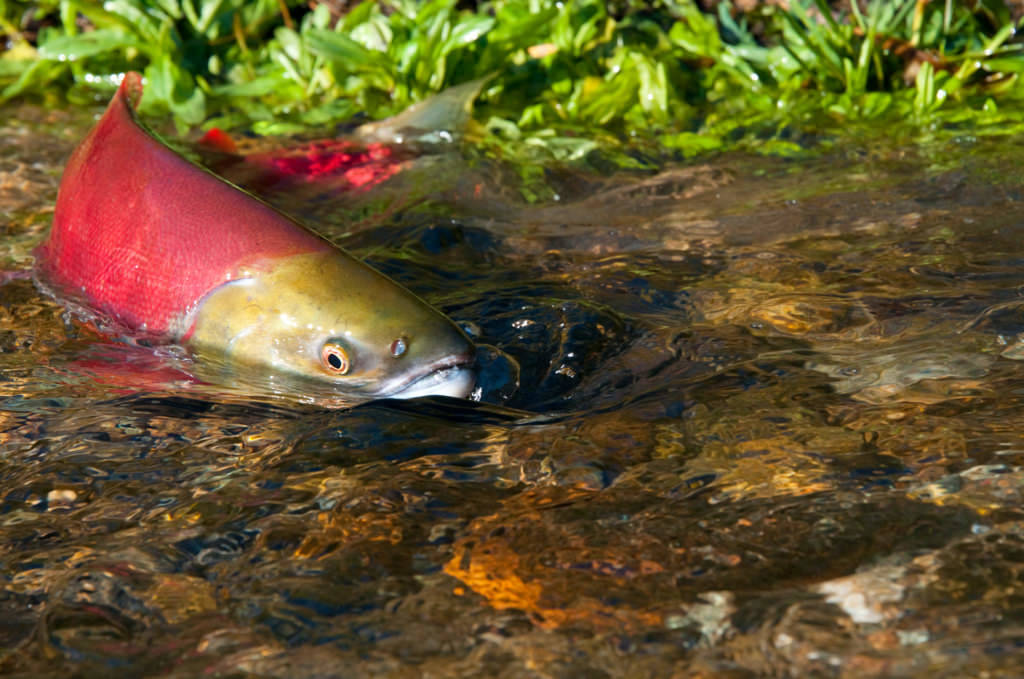The Washington state Department of Fish and Wildlife has a plan to make up a $32.9 million deficit in its biennial budget.
The department held a webinar on July 23 with policy director Nate Pamplin who said the deficit stemmed from three major areas including several one-time funding patches expiring, state funding from general taxes and license sales not keeping pace with costs and the deep budget cuts imposed during the recession. State license fees have not been adjusted since 2011.
The 2019-21 budget shortfall is largely due to the one-time payments not occurring again, which included a $10 million allocation for the current biennium. Around $50 million was lost in the 2011-13 biennium stemming from the recession. In 2017 the state Legislature directed the department to find efficiencies in its current operations and develop a long-term funding plan.
An independent consultant hired by the department found its management practices did not contribute to the funding problem but did identify $3 million in spending cuts that will be enacted over the next year that include reducing fish stocking, reducing habitat restoration and grants to volunteer organizations.
Included in this was a proposal to shut down trough hatching operations at the Naches Hatchery and moving it to other hatcheries. IT staff will be made more efficient and habitat monitoring and restoration will be cut.
On top of the $33 million deficit, the department is also asking for an additional $30 million to secure funding for future operations too. This includes $14.7 million for conservation investments into programs like salmon recovery, watershed health, biodiversity and conservation enforcement, $5.6 million to expand fishing opportunities and hatchery improvements, $3.5 million for hunting enhancements including improving law enforcement and access and a to-be-determined amount for orca recovery.
In total, the department needs around $60 million to avoid deep budget cuts and to continue making investments. Around two-thirds of the funding is being requested from the state’s general fund while license fees would make up the remaining third.
Two options are being considered for increasing recreational license fees. One would levy up to a 15 percent increase on all licenses and the other would charge a $10 fee per customer annually, or a $3 temporary fee.
Pamplin said if fees were adjusted annually to reflect cost, they would be 23 percent higher now than they were in 2011. The fees were proposed with concerns about pricing an already dropping number of hunters and anglers out of the market.


